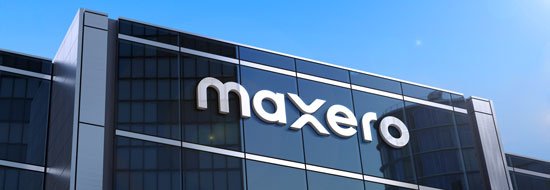Eighteen percent of attempts to charge an EV using a public charger failed last quarter, according to a new study. That’s alarming but a distinct improvement. Twenty-one percent failed in the previous nine months.
The conclusions come from the J.D. Power U.S. Electric Vehicle Experience (EVX) Public Charging Study, which hasn’t been published yet. However, industry publication Automotive News got an early look at the data.
“Charging station outages and malfunctions remain the biggest pain points, comprising 71% of failed visits in the quarter,” AN reports. But 20% of failed public charging attempts were blamed on lengthy wait times. That problem will grow more acute as long as EV sales growth outpaces the construction of new chargers.
Brent Gruber, executive director of J.D. Power’s EV practice, called that notion “really alarming.” The researchers say it is happening in some places. Charging network ChargePoint, for instance, grew its available charging ports by 18% last year. But the company saw “a 39% increase in charging sessions in 2023.”
EV Chargers Aren’t Needed Like Gas Stations
EV chargers don’t need to be as common as gas stations for EVs to be practical for many Americans. Almost none of us have a gas pump at home. But many electric car owners do most of their charging at home.
Related: Electric Car Charging: Everything You Need to Know
Public chargers are only necessary for long trips.
There are two types. Level 2 chargers, also called destination chargers, are faster than an electric outlet but still require hours to charge an EV’s battery. They are commonly found at restaurants, shopping centers, and other places where drivers might reasonably be expected to spend an hour or more.
Level 3 chargers, also called DC fast chargers, can refill the batteries of many EVs in under an hour. They are common at highway rest stops and where drivers might pause but not spend hours.
“Much of J.D. Power’s feedback on limited availability came specifically from failures with Level 2 chargers,” AN says. Satisfaction with Level 2 chargers fell 28% in the fourth quarter compared to 2022.
Many efforts to build new chargers, such as the Ionna network funded by seven major automakers, focus on adding more Level 3 locations.
In 2023, the number of Level 2 chargers available to the public grew by 13%, while fast chargers grew by 31%, according to the U.S. Department of Energy.
“My concern is that we’re focusing so much on the DC fast-charging investment that we’re dropping the ball on Level 2 charging, which is still heavily utilized, and that’s why we are seeing that big drop in satisfaction,” Gruber said.
[ad_2]
Source link




